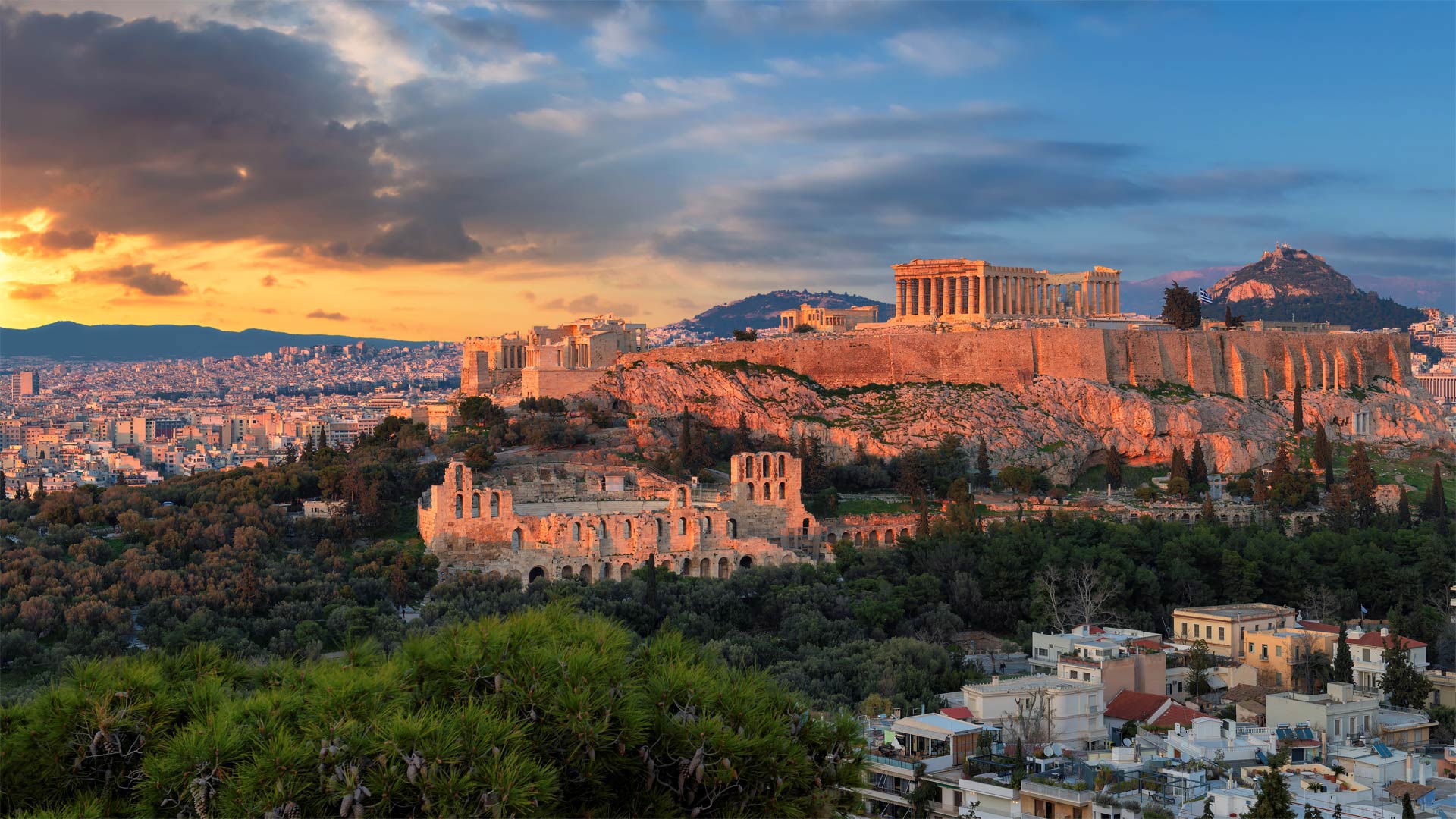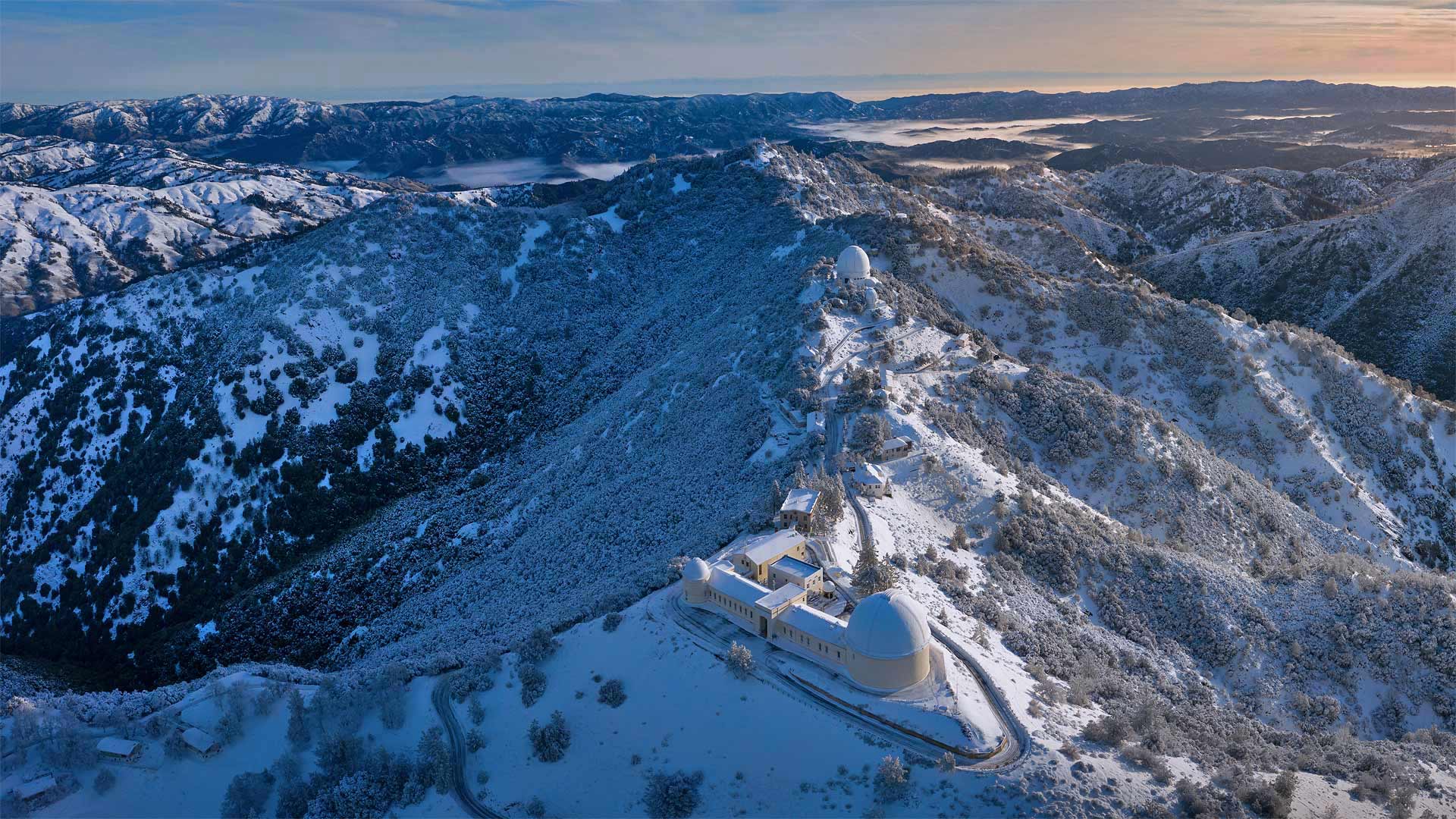Firebrick, also known as refractory brick, has been a crucial component in traditional masonry construction for centuries. Its ability to withstand high temperatures and resist the effects of heat and fire has made it an indispensable material in the construction of fireplaces, furnaces, kilns, and other structures that are exposed to extreme heat. Despite the advancements in modern construction materials, firebrick continues to stand the test of time in traditional masonry construction.
One of the key reasons why firebrick has remained a staple in masonry construction is its exceptional heat resistance. Made from refractory materials such as clay, silica, and alumina, firebrick is specially formulated to endure high temperatures without cracking, spalling, or deteriorating. This makes it the go-to material for lining fireplaces, chimneys, and other heat-intensive structures, providing an additional layer of protection against the damaging effects of heat and fire.
In addition to its heat-resistant properties, firebrick is also valued for its durability. As with any construction material, firebrick needs to be able to withstand the test of time, and it does so admirably. When properly installed and maintained, firebrick can last for many years, making it a cost-effective option for masonry construction projects.
Another reason for the enduring popularity of firebrick in traditional masonry construction is its versatility. Firebrick comes in a variety of shapes, sizes, and grades, allowing it to be tailored to the specific requirements of different masonry applications. Whether it’s used to line a fireplace, build a kiln, or construct a furnace, firebrick can be easily molded and shaped to fit the unique needs of a project.
Furthermore, firebrick is easy to work with, making it a favorite among masons and builders. Its uniform shape and size, as well as its ability to be cut and shaped with standard masonry tools, make firebrick a practical and convenient material for construction. Its compatibility with other building materials, such as mortar and refractory cement, also adds to its appeal.
As modern construction techniques and materials continue to evolve, firebrick continues to hold its own in the realm of traditional masonry construction. Its ability to withstand high temperatures, its durability, versatility, and ease of use all contribute to its enduring popularity among builders and architects. While there may be newer, advanced materials available, firebrick remains a tried and true choice for anyone looking to construct heat-resistant and long-lasting structures. As a result, it is likely that firebrick will continue to stand the test of time and be a crucial part of traditional masonry construction for years to come.





